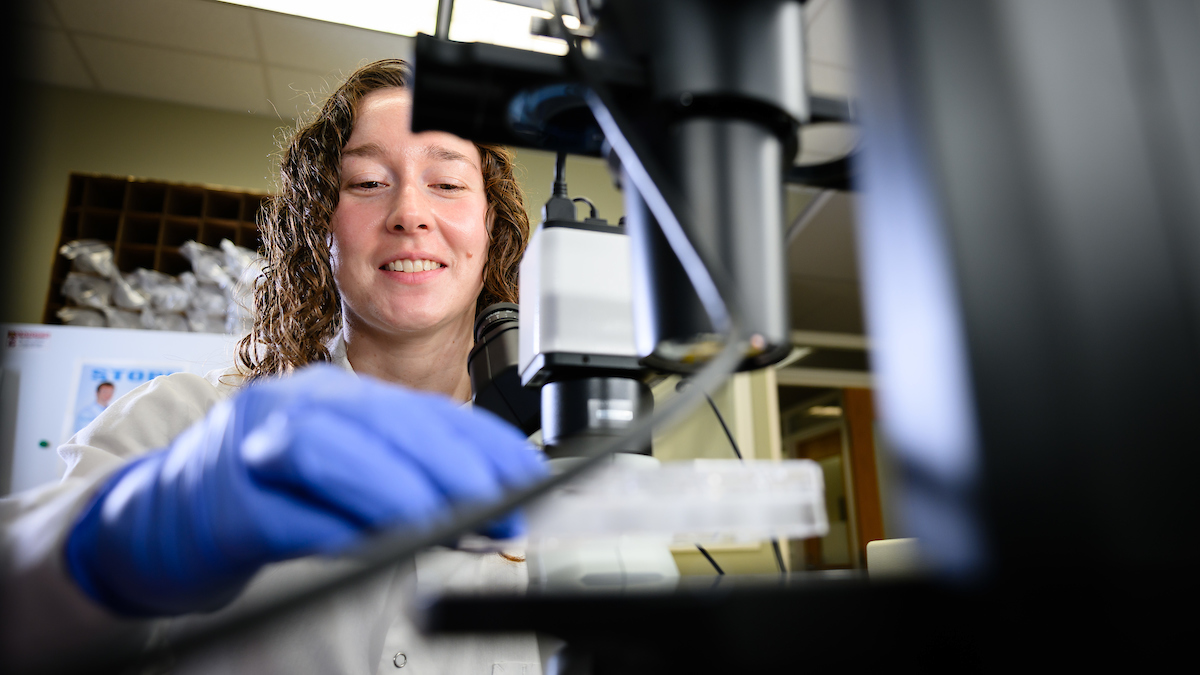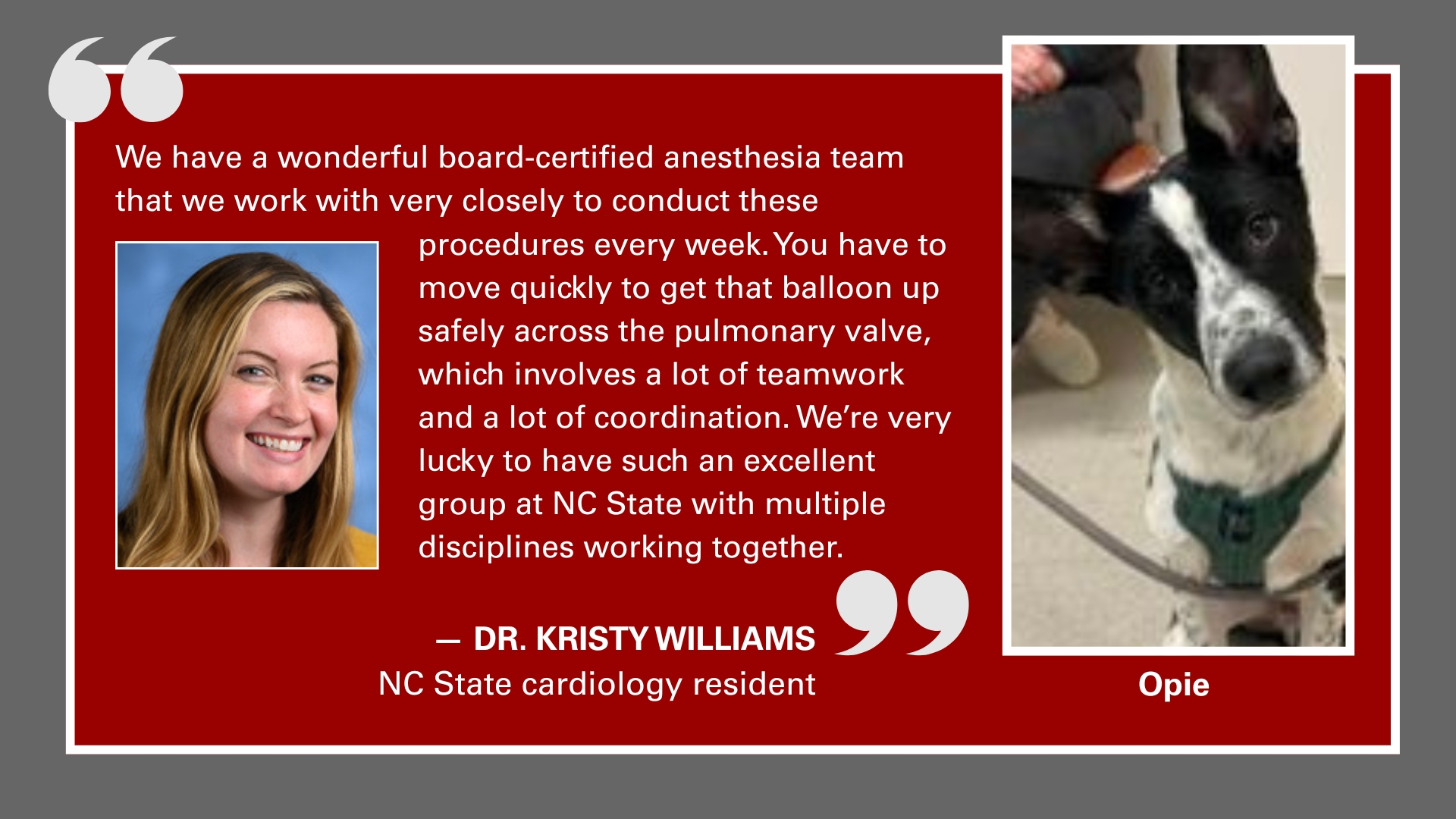Influenza A H1 N1 Update
The CVM is an integral part of the frontline involved in North Carolina preparedness for infectious diseases affecting humans or animals. As part of their public engagement activity, for example, the Epidemiology, Public Health, and Population Medicine faculty members have been monitoring the current influenza situation and are working with federal and state officials in ensuring the health of North Carolina’s citizens and animals. The EPHPM faculty contributed answers to the following questions.
[section_subtitle]Is Influenza A H1N1 virus, the so-called swine flu, different from seasonal flu?[/section_subtitle]
Yes. It’s different from any previous influenza virus in the U.S. Influenza viruses can share their genetic material between very different virus groups. If a person, a bird, or a pig, becomes infected with more than one type of influenza, that individual can serve as a "mixing vessel" to allow creation of a modified and completely new virus. It is likely that this co-infection and sharing of genetic material gave this particular virus its start.
We do know that the current virus carries genetic segments that are similar to typical pig influenzas in the U.S. and Eurasia. It also carries a segment compatible with bird influenzas andit has a segment seen in human influenzas from Asia. So its ‘pedigree’ is global, and covers different species. This is not unusual for influenzas. It is just that the mix seen in the current H1N1 is one we have not seen before and this means people will be susceptible to the illness.
[section_subtitle]How does it spread?[/section_subtitle]
This flu spreads no differently than the typical seasonal influenza, that is by being close to an infected individual who coughs or sneezes. An infected person can also contaminate objects through sneezing and the virus may spread when another person touches the same object. Some influenzas cause gastrointestinal symptoms including nausea, vomiting, and diarrhea and there are some indications that this H1N1 has done this. If so, then this another way the virus could transmit. You cannot contract the virus by consuming pork products. In fact,calling the virus swine flu is misleading and could confuse people about transmission.
[section_subtitle]How dangerous is it, are certain populations more at risk?[/section_subtitle]
Dr. Margaret Chan, Director-General of the World Health Organization (WHO), has declared that the H1 N1 virus has risen to Phase 6 pandemic status. The WHO reports the virus has been confirmed in more than 254,206 cases around the world with some 2,837 deaths.
The Center for Disease Control and Prevention reports 9,079 hospitalizations with 593 deaths in the U.S. This total involves 198 hospitalizations and nine deaths in North Carolina. In comparison, CDC computer models estimate that in the U.S. some 36,000 die of seasonal influenza each year.
[section_subtitle]How do we protect ourselves in North Carolina, what precautions should we take?[/section_subtitle]
North Carolina is a model for multi-hazard preparedness or what we call "One Health" readiness. The One Health concept acknowledges the critical interdependent relationship connecting the health of the environment and the health and well being of animals and people. Without ensuring that appropriate animal and public health practices are coordinated with emergency management, you cannot truly protect the health of either people or animals. North Carolina is a recognized national leader in developing the necessary knowledge, skills, and policies that ensure effective preventive and response measures.
As one example, North Carolina’s swine producers have been working with typical swine influenzas for many years. The producers have the diagnostic and response infrastructure at the ready in private and public practitioners and laboratories. The same is true for our citizens; the NC Public Health professionals have had pandemic influenza plans in place for years. Both groups have tested their emergency plans and continue to refine them.
Individuals, however, are the most effective at controlling disease outbreaks. Our grandparents knew how to deal with influenza: frequent hand washing with soap and hot water; cover your mouth and nose with a disposable tissue when you sneeze or cough and then throw the tissue away (do not sneeze or cough into your open hand, that just contaminates your hand and allows you to spread disease even more); and limit exposure to large groups of people that may include sick individuals.
In addition, plan to be healthy. Stop doing things that harm your respiratory track (like smoking) or your general health. Eat well, get plenty of rest, and appropriate exercise. The healthier you are when exposed to influenza, the better your chance at beating it.
______
The CVM Epidemiology, Public Health, and Population Medicine faculty members are involved in numerous areas of population health and public health, including risk assessment, food safety, animal biosecurity risk management, foreign animal diseases, West Nile Virus, microbial resistance in pathogens, zoonotic disease, aquatic health, and international trade. They serve as consultants to state and federal regulatory agencies concerning agricultural bioterrorism and foreign animal diseases.
_______
[section_subtitle]Useful information from NC State University Student Health Services[/section_subtitle]
- Open letter from Dr. Mary Bengtson, Director of Student Health Services
- Two-page fact sheet
- Essentials for… faculty and staff
- Essentials for… students
- H1N1 Questions and Answers
Centers for Disease Control and Prevention


